Comprehensive Guide to Construction Waste Clearance in Purley
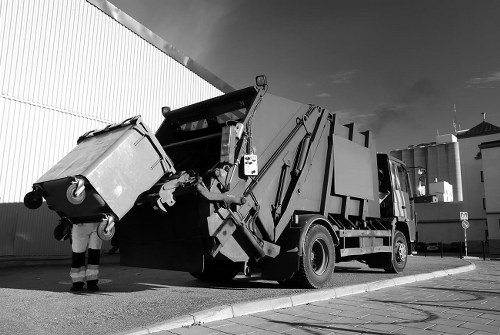
Construction projects in Purley generate a significant amount of waste, which needs to be managed effectively to maintain cleanliness and sustainability. Proper construction waste clearance not only ensures compliance with local regulations but also contributes to environmental preservation.
Whether you are undertaking a small renovation or a large-scale construction project, understanding the best practices for waste clearance is essential. This article delves into the various aspects of construction waste management in Purley, providing valuable insights for property owners, contractors, and environmental enthusiasts.
Effective waste clearance involves several steps, from sorting and categorizing materials to selecting the right disposal methods. By following these guidelines, you can minimize the environmental impact and promote sustainable construction practices in Purley.
Why Construction Waste Clearance is Important
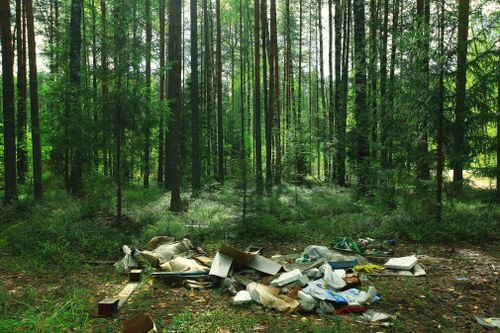
Construction waste clearance plays a crucial role in maintaining the aesthetic and functional quality of construction sites. Unmanaged waste can lead to several issues, including:
- Environmental Pollution: Improper disposal of construction waste can contaminate soil and water sources.
- Health Hazards: Accumulated waste attracts pests and can pose health risks to workers and nearby residents.
- Legal Non-Compliance: Failing to adhere to waste management regulations can result in hefty fines and project delays.
By prioritizing waste clearance, construction projects in Purley can achieve higher efficiency, reduced costs, and a positive reputation within the community.
Additionally, responsible waste management aligns with global sustainability goals, promoting the reuse and recycling of materials whenever possible.
Types of Construction Waste
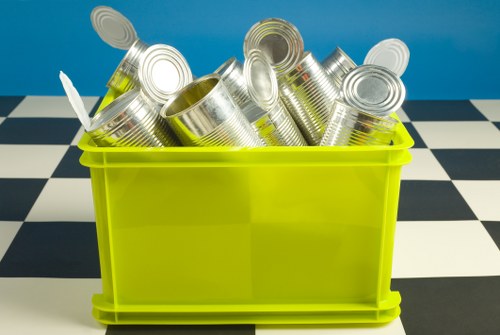
Understanding the different types of construction waste is the first step in effective clearance. Common categories include:
- Wood and Timber: Scrap wood from framing, flooring, and other structural elements.
- Metal: Excess metal from beams, rebar, and fixtures.
- Concrete and Masonry: Broken bricks, blocks, and concrete debris.
- Plastics: Packaging materials, pipes, and other plastic components.
- Drywall and Insulation: Excess sheets of drywall and insulation materials.
Properly categorizing waste ensures that materials are recycled or disposed of in the most environmentally friendly manner.
Steps for Effective Waste Clearance
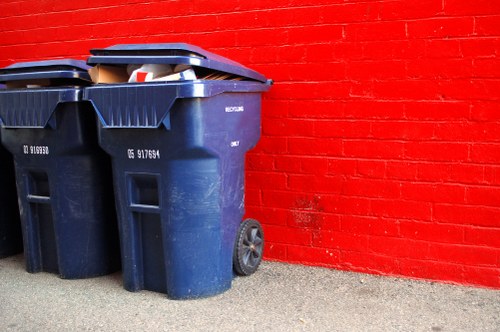
Implementing an efficient waste clearance system involves several key steps:
1. Planning and Assessment
Begin by assessing the types and volumes of waste your project will generate. This helps in determining the necessary resources and disposal methods required.
Key Considerations:
- Project size and scope
- Types of materials involved
- Local waste management regulations
2. Sorting and Segregation
Sorting waste at the source facilitates recycling and reduces the amount of material sent to landfills. Separate materials into designated categories such as wood, metal, concrete, and plastics.
Benefits:
- Enhanced recycling efficiency
- Reduced disposal costs
- Minimized environmental impact
3. Recycling and Reusing
Recycling involves processing waste materials to create new products, while reusing focuses on using materials in their current state for other purposes. Both practices significantly reduce the burden on landfills.
Example: Metal scraps can be melted down and reformed into new construction components.
4. Safe Disposal
For non-recyclable waste, ensure that disposal methods comply with local regulations. Partnering with certified waste management companies in Purley can streamline this process.
Choosing the Right Waste Clearance Service in Purley
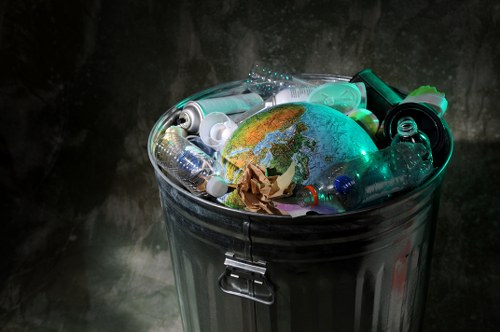
Selecting a reliable waste clearance service is pivotal for the smooth execution of your construction project. Here are factors to consider:
- Experience and Reputation: Look for companies with a proven track record in handling construction waste.
- Licensing and Certification: Ensure the service provider complies with local regulations and possesses necessary certifications.
- Range of Services: Opt for companies offering comprehensive services, including sorting, recycling, and disposal.
- Pricing Structure: Compare quotes and choose a service that offers transparent and competitive pricing.
Partnering with a reputable waste clearance service in Purley not only ensures efficient waste management but also enhances the overall sustainability of your project.
Action Step: Contact us today to learn how our expert team can assist with your construction waste clearance needs in Purley.
Environmental Benefits of Proper Waste Clearance
Proper waste management contributes significantly to environmental conservation by:
- Reducing the volume of waste sent to landfills
- Minimizing greenhouse gas emissions
- Preserving natural resources through recycling
- Preventing soil and water contamination
These benefits not only protect the local ecosystem in Purley but also support global efforts towards sustainable development.
Regulations and Compliance in Purley
Compliance with local waste management regulations is essential to avoid legal issues and ensure the success of your construction project. Key regulations include:
Waste Disposal Permits
Obtaining the necessary permits for waste disposal is mandatory. These permits outline the types of waste that can be disposed of and the approved disposal methods.
Key Points:
- Apply for permits well in advance of your project start date.
- Ensure all waste disposal activities adhere to the permit conditions.
- Regularly review and update your compliance status.
Environmental Impact Assessments (EIA)
For large-scale projects, conducting an EIA may be required to evaluate the potential environmental impacts of your construction activities and waste management practices.
Benefits of EIA:
- Identifies potential environmental risks
- Guides the development of mitigation strategies
- Enhances project transparency and community trust
Adhering to these regulations not only ensures legal compliance but also promotes environmentally responsible construction practices in Purley.
Innovative Solutions in Construction Waste Clearance
Advancements in technology and sustainable practices offer innovative solutions for managing construction waste more effectively:
1. Waste Tracking Software
Implementing digital tools to track and manage waste can streamline the clearance process, ensuring accuracy and efficiency.
Features:
- Real-time waste tracking
- Automated reporting
- Integration with recycling facilities
2. Modular Construction
Modular construction reduces waste by optimizing material usage and allowing for easier disassembly and reuse of components.
Advantages:
- Minimized material waste
- Faster construction times
- Enhanced flexibility in design
3. Sustainable Materials
Using eco-friendly materials that are easier to recycle or have a lower environmental impact contributes to more sustainable construction waste management.
Example: Utilizing recycled steel or sustainably sourced wood can significantly reduce the ecological footprint of your project.
Cost-Effective Waste Clearance Strategies
Managing construction waste efficiently can lead to significant cost savings. Here are strategies to achieve this:
1. Minimize Waste Generation
Plan your projects meticulously to reduce excess material. Accurate measurements and careful planning can prevent overordering and unnecessary waste.
Tips:
- Use precision tools for measurements
- Opt for adjustable designs to accommodate material variations
- Train workers on efficient material usage
2. Recycle and Reuse
Recycling and reusing materials can lower disposal costs and even generate additional revenue if excess materials are sold.
Strategies:
- Partner with local recycling centers in Purley
- Implement on-site sorting systems
- Explore creative reuse options for surplus materials
3. Bulk Waste Clearance Services
Utilizing bulk waste clearance services can be more economical than multiple small pickups. These services often offer discounts for large volumes and ensure efficient waste management.
Recommendation: Book your service now with our expert team to take advantage of our cost-effective bulk waste clearance options in Purley.